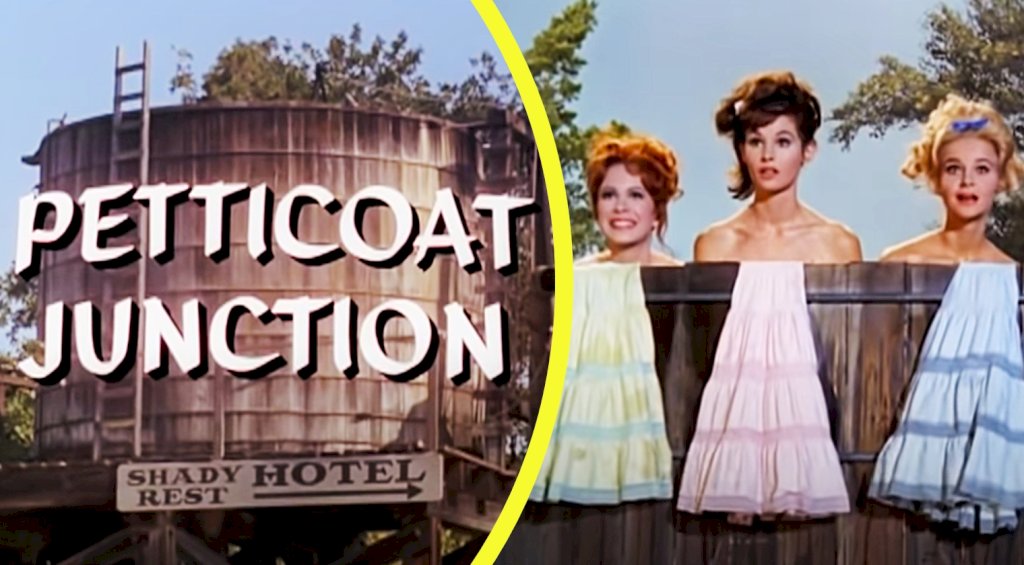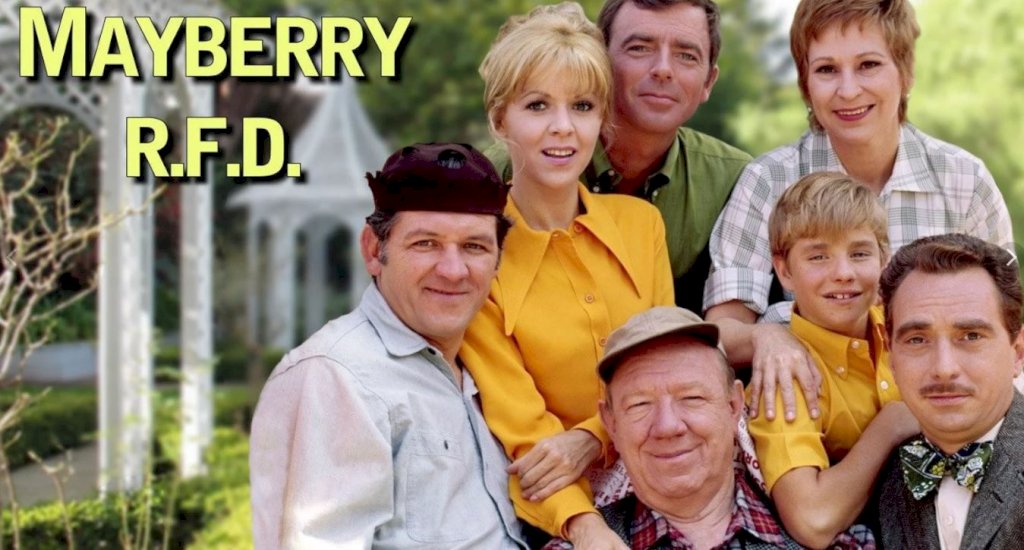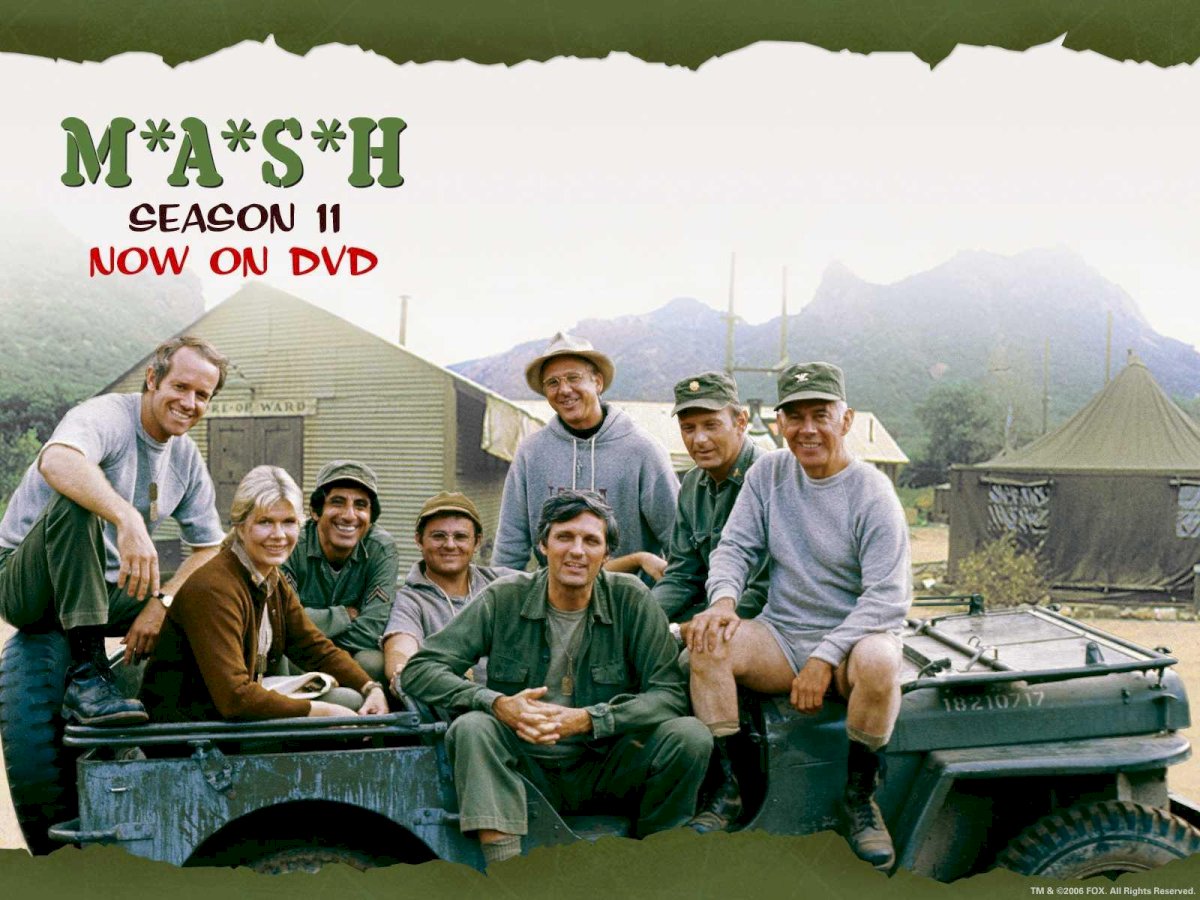Shirley Temple, a name that needs no introduction, remains a beloved icon in American history. Born on April 23, 1928, in Santa Monica, California, Shirley Temple captured the hearts of millions during the Great Depression and beyond with her undeniable talent, infectious smile, and charismatic presence. This article explores the remarkable life and career of the actress Shirley Temple, a child star who made an indelible mark on Hollywood and went on to serve her country as a diplomat.

Early Life and Career

Shirley Temple's journey to stardom began at a young age. Born to George and Gertrude Temple, she showed an early inclination for dancing and acting. At just three years old, Shirley made her debut in the world of entertainment when she started taking dance lessons at the Ethel Meglin Dance Studio in Los Angeles. Her talent was evident from the start, and it wasn't long before she was discovered by talent scouts.
In 1932, Shirley made her film debut in the short film "War Babies." Her performance caught the attention of Fox Film Corporation (later merged with 20th Century Pictures to form 20th Century Fox), leading to her first contract with the studio. Her early films included "Stand Up and Cheer!" and "Little Miss Marker," which catapulted her to stardom and earned her the title "America's Little Sweetheart."
The Phenomenon of Shirley Temple

Shirley Temple's meteoric rise to fame during the Great Depression could be attributed to several factors. Firstly, her extraordinary talent in singing and dancing was evident in every film. She had a unique ability to captivate audiences with her charm and charisma, and her signature ringlets and dimples made her instantly recognizable. Audiences across America were enthralled by the genuine, innocent performances of this precocious child star.
Furthermore, Shirley Temple's films provided much-needed escapism during the challenging times of the Great Depression. Her on-screen adventures were often heartwarming and filled with hope, offering a temporary respite from the grim reality of the era. Her popularity transcended age, and she was adored by children and adults alike.

In addition to her film career, Shirley Temple's impact extended beyond the silver screen. Her image was used to sell various products, from dolls to clothing, and she even inspired a non-alcoholic cocktail known as the "Shirley Temple." She became a cultural icon, and her influence on American popular culture during this era cannot be overstated.
Notable Films and Achievements

Shirley Temple's filmography boasts a remarkable array of beloved classics, including:
"Bright Eyes" (1934): In this film, Shirley Temple played the role of little Shirley Blake, a charming and resourceful orphan who melts the hearts of everyone around her.

"Curly Top" (1935): In one of her most memorable performances, Shirley played an orphan named Elizabeth Blair, bringing her trademark optimism and cheerfulness to the character.
"The Little Colonel" (1935): Shirley Temple starred alongside Bill "Bojangles" Robinson in this film, and their famous stair-dancing sequence remains a cherished cinematic moment.

"Heidi" (1937): Temple portrayed the iconic character of Heidi, bringing a beloved children's classic to life on the screen.
"The Little Princess" (1939): In this adaptation of Frances Hodgson Burnett's novel, Shirley Temple delivered a touching performance as Sara Crewe, a character who remains a symbol of resilience.

"The Blue Bird" (1940): Shirley Temple took on the role of Mytyl in this mystical fantasy film, which showcased her versatility as an actress.
Throughout her career, Shirley Temple received numerous accolades and awards. In 1934, she was awarded a special Academy Award for her outstanding contribution to the film industry. Her handprints and footprints were immortalized in the forecourt of Grauman's Chinese Theatre, cementing her status as a Hollywood legend.
Transitioning to Adulthood

As Shirley Temple grew older, the transition from child star to adult actress proved challenging. She began to outgrow her roles and struggled to maintain the same level of popularity she had enjoyed as a child. By the age of 22, she had retired from acting and sought a different path in life.
Post-Hollywood Life

Shirley Temple's life after leaving Hollywood was a departure from the glitz and glamour of her early years. She pursued her education, attending the Westlake School for Girls and later enrolling at the Katharine Gibbs School to learn secretarial skills. She married Charles Black in 1950 and had three children with him.

In addition to her family life, Shirley Temple found new opportunities for service and leadership. She became involved in politics, serving as a representative to the United Nations General Assembly in the late 1960s. Her involvement in international affairs and diplomacy was a significant departure from her acting career and revealed her dedication to making a positive impact on the world.
Diplomatic Career

Shirley Temple's transition into diplomacy was both surprising and admirable. Her passion for public service and her ability to connect with people from all walks of life made her a valuable asset in her diplomatic roles. Here are some of her notable contributions in this sphere:
United Nations Delegate: Shirley Temple served as a delegate to the United Nations from 1969 to 1970. In this role, she focused on issues such as human rights, refugees, and hunger. Her dedication to these causes demonstrated her commitment to making the world a better place.

Ambassador to Ghana: In 1974, Shirley Temple was appointed by President Gerald Ford as the United States Ambassador to Ghana. Her appointment made her the first and, to date, the only former child star to become a U.S. ambassador. During her time in Ghana, she worked to strengthen U.S.-Ghana relations and promote cultural exchange.
Chief of Protocol: Under President George H.W. Bush, Shirley Temple served as the Chief of Protocol of the United States from 1989 to 1992. In this role, she was responsible for managing the diplomatic aspects of state visits and official ceremonies, further demonstrating her diplomatic acumen.
Legacy and Impact

Shirley Temple's legacy is multifaceted. She left an indelible mark on the world of entertainment as one of the most celebrated child stars in history. Her films continue to be cherished by generations, and her influence on American culture remains enduring.

Moreover, Shirley Temple's commitment to public service and diplomacy showcased her dedication to making a difference in the world. Her ability to transition from the world of Hollywood to the world of international affairs is a testament to her versatility and unwavering dedication to the betterment of society.

In conclusion, Shirley Temple's life and career represent an extraordinary journey from child star to diplomat. She captured the hearts of millions with her talent and charm during the Great Depression and went on to use her influence for the betterment of the world. Shirley Temple's life is a testament to the enduring power of talent, optimism, and a commitment to making a positive impact on the world. She remains a beloved figure in American history and a source of inspiration for generations to come.



